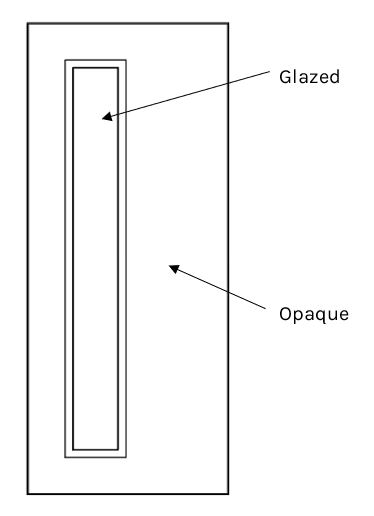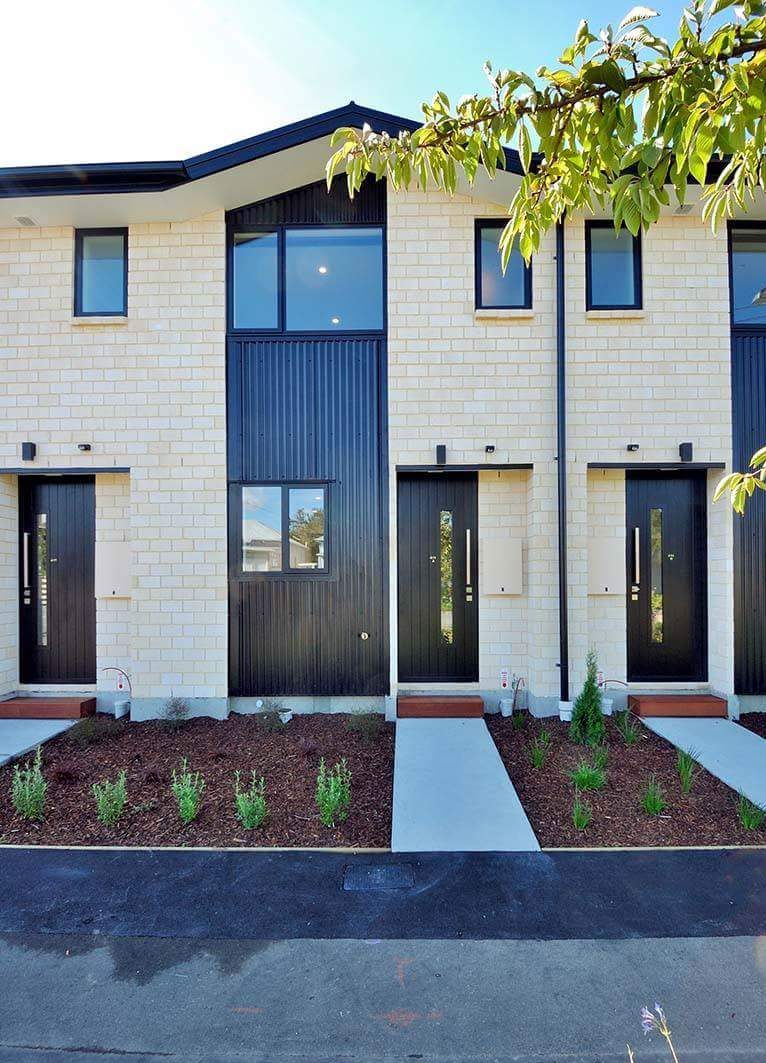What H1 Energy Efficiency Means for Opaque Door R-Ratings
As part of New Zealand building code compliance, the H1 Energy efficiency clause provides for the efficient use of energy and sets physical conditions for energy performance.
As part of this acceptable solution, opaque and glazed doors are required to meet certain thermal requirements.
All Opaque Doors must have a R-Rating that meets what is specified for opaque doors on the building consent by the architect or designer.
An opaque door is any door with an opaque section whether glazed or un-glazed.
An opaque door with glazing cannot demonstrate compliance considering the type of glazing only using table E.1.1.1 in H1/AS1.
An opaque door demonstrates compliance by considering both the glazed and opaque sections of the door, calculated to NZS 4214.
What about glazed doors and H1 Energy Efficiency?
All Glazed Doors must have a R-Rating that meets what is specified for the window joinery in the building consent by the architect or designer.
A glazed door is a door that has no opaque sections or panels. The glazing frame is not considered an opaque section.
A glazed door can demonstrate compliance entirely by the type of glazing used, using table E1.1.1 in H1/AS1.

What R-Ratings will be required?
Schedule Method
The R-Value for windows, glazed doors and opaque doors will have to meet the minimum requirements for your climate zone.
Calculation and Modelling Method
The total R-value for the home will have to meet the requirements for your climate zone.
Windows and glazed doors may have a different R-Value to opaque doors, by offsetting the r-value of other building elements.
The requirements for doors will be specified by the architect or designer on the building consent.

